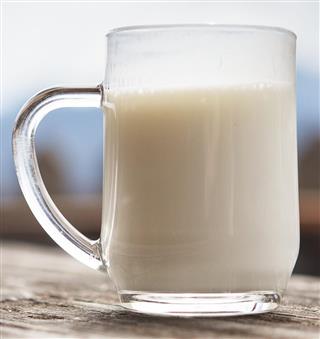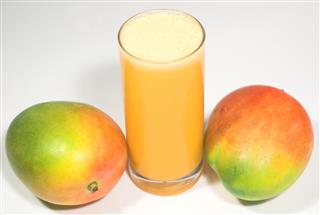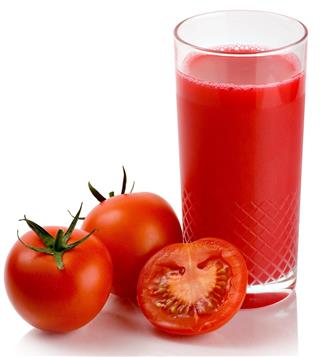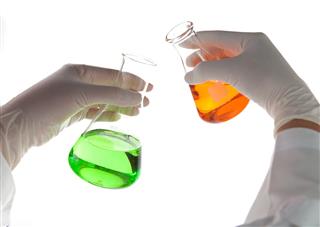
The comparison between heterogeneous and homogenous mixtures presented here, will clear all doubts regarding the differences between these two types. These are two of most fundamental concepts in chemistry.
If you are taking up the first of your basic science courses, you will be taught the concept of a ‘Mixture’, which is one of the most fundamental concepts in physics and chemistry. We are surrounded by all sorts of mixtures. In this article, along with discussing what mixtures are, we will primarily talk about the difference between homogeneous and heterogeneous mixtures. Knowing the difference will be an important part of your first course in chemistry.
What is a Mixture?
A mixture is any physical material that is made up of various constituent substances, which haven’t chemically interacted with each other. Every constituent of a mixture retains its individual chemical properties. However, the physical properties of that mixture will differ from its constituent elements. These differing properties include melting point and its appearance, as well as optical properties, among others. Mixtures, unlike chemical compounds, can be separated into their constituent substances, using physical methods of separation.
When the constituent elements chemically react with each other, it is no longer a mixture. Mixtures are of two primary kinds―heterogeneous and homogeneous.
A Comparison Between the Two Types
Let us begin the comparison by first defining the two types.
Fundamental Difference
Homogeneous mixtures appear to have a uniform composition throughout, on macroscopic length scales. At a microscopic level, these mixtures may or may not appear homogeneous, as it all depends on the particle size of the constituents.
On the other hand, heterogeneous mixtures have a clearly non-uniform composition and the constituents can be visibly distinguished on a macroscopic scale of observation. These are the most common form of mixtures. It is easier to separate these mixtures, compared to homogeneous ones. The constituents of such a mixture may be in different phases (solid, liquid, or gaseous) and may be clearly seen to be immiscible.
Examples
If you look around, you will find many examples on your own. The simplest example of a heterogeneous mixture is any suspension. It consists of large particles mixed or suspended in a solution. Examples are juices like tomato juice, mango milkshake, and turbid water. You can clearly distinguish the suspended particles on the backdrop of the solution. Buttermilk is another example of a heterogeneous solution.
On the other hand, an example of a homogeneous mixture is a salt water solution or a solution of water, with sugar dissolved in it. The appearance of the water, despite dissolution of salt/sugar, is uniform. Other examples are white vinegar and corn oil. What sets these mixtures apart from heterogeneous mixtures is the particle size of the mixed constituents. The very air we breathe is a homogeneous mixture while the milk you drink, with floating marshmallows, is a heterogeneous mixture.



